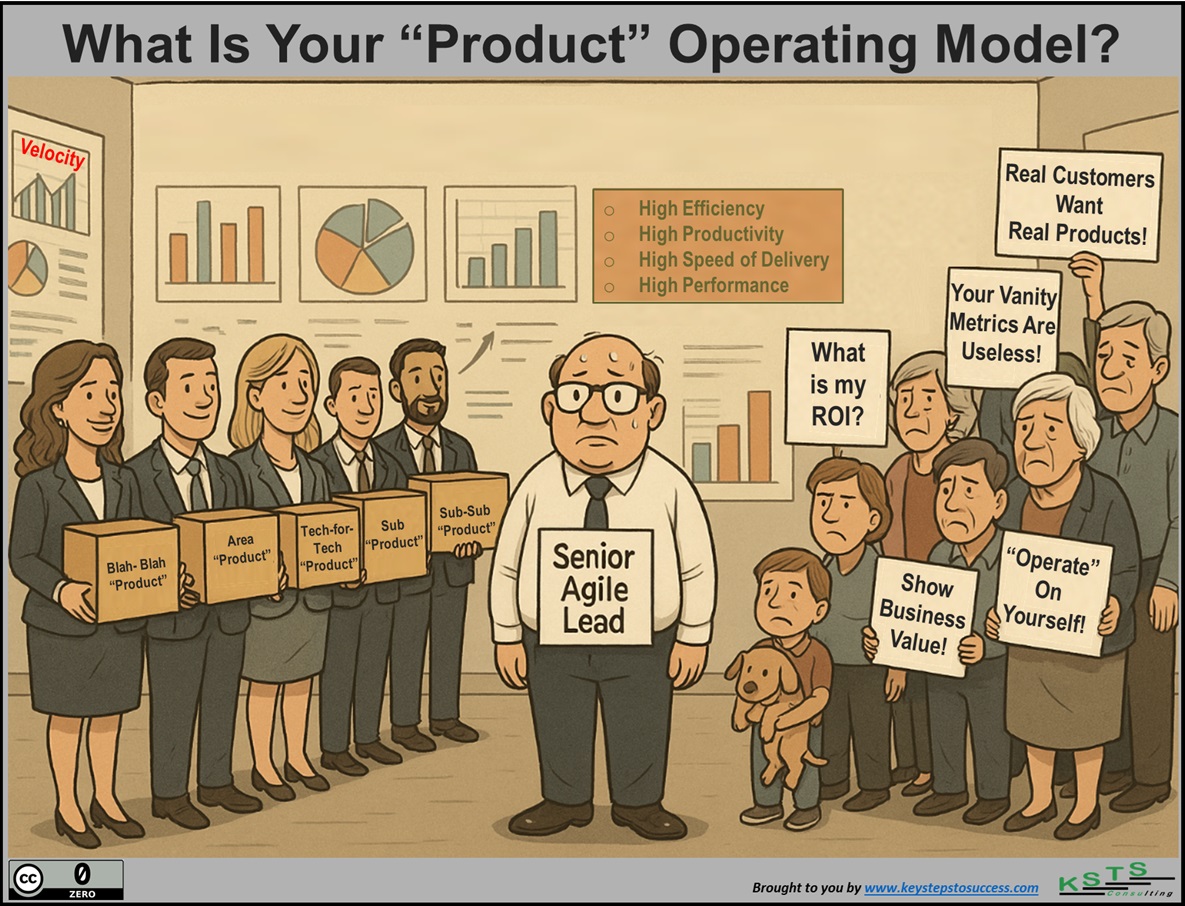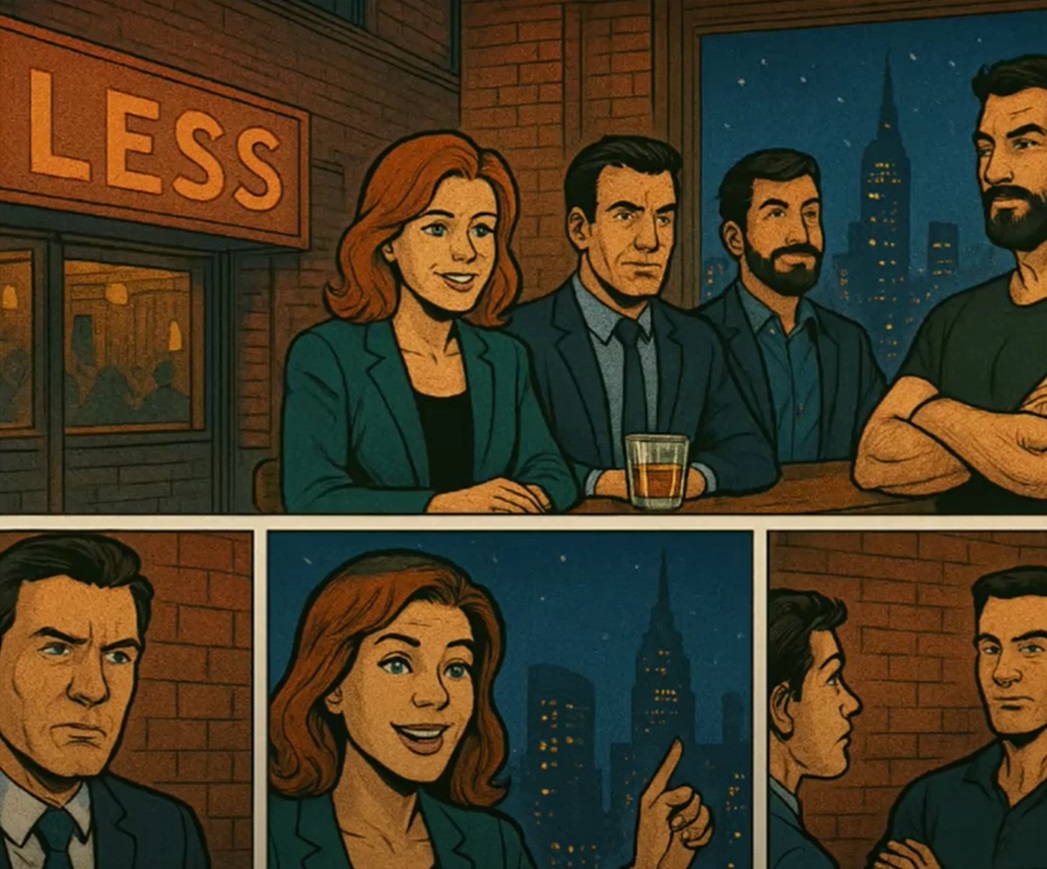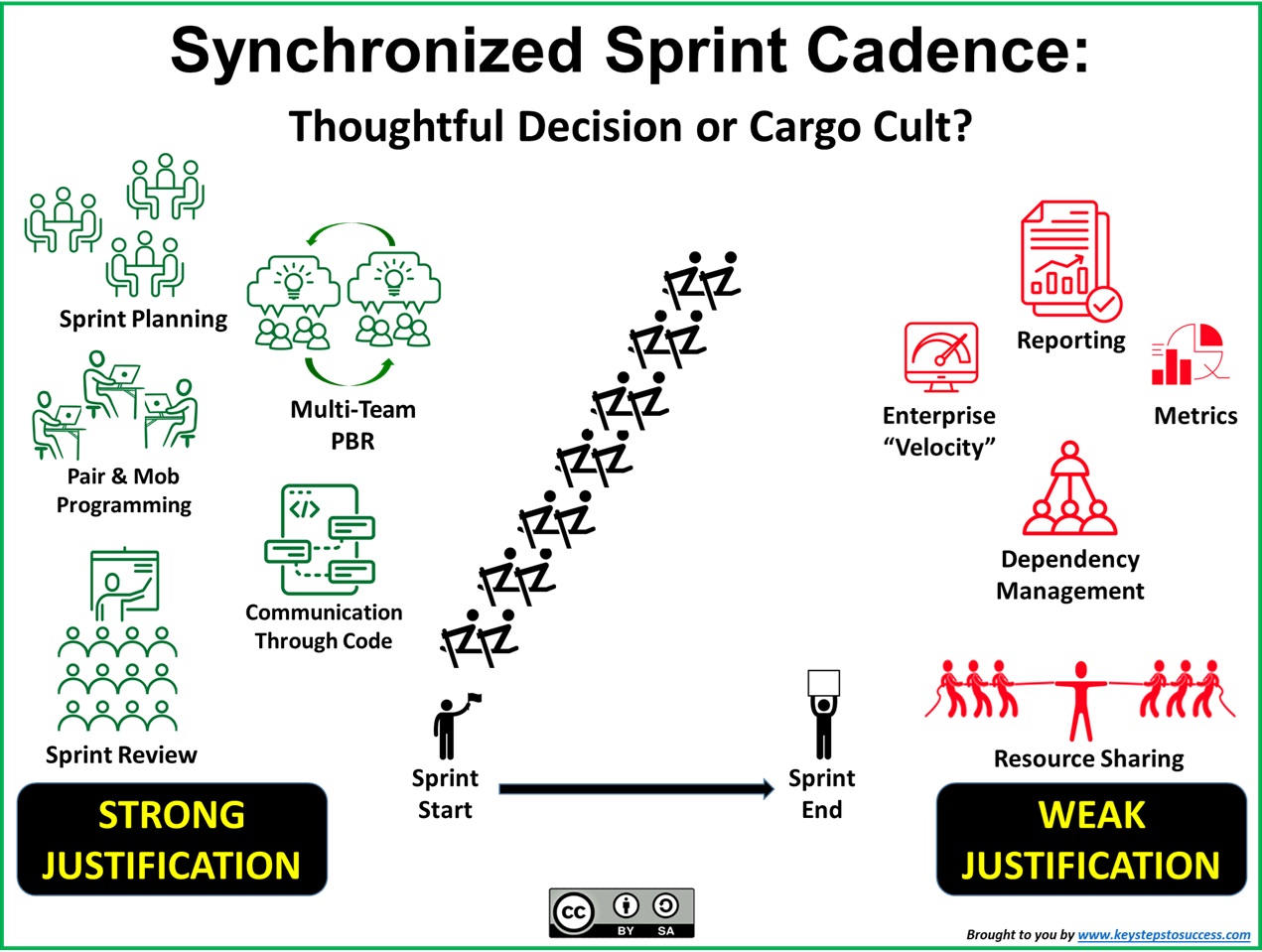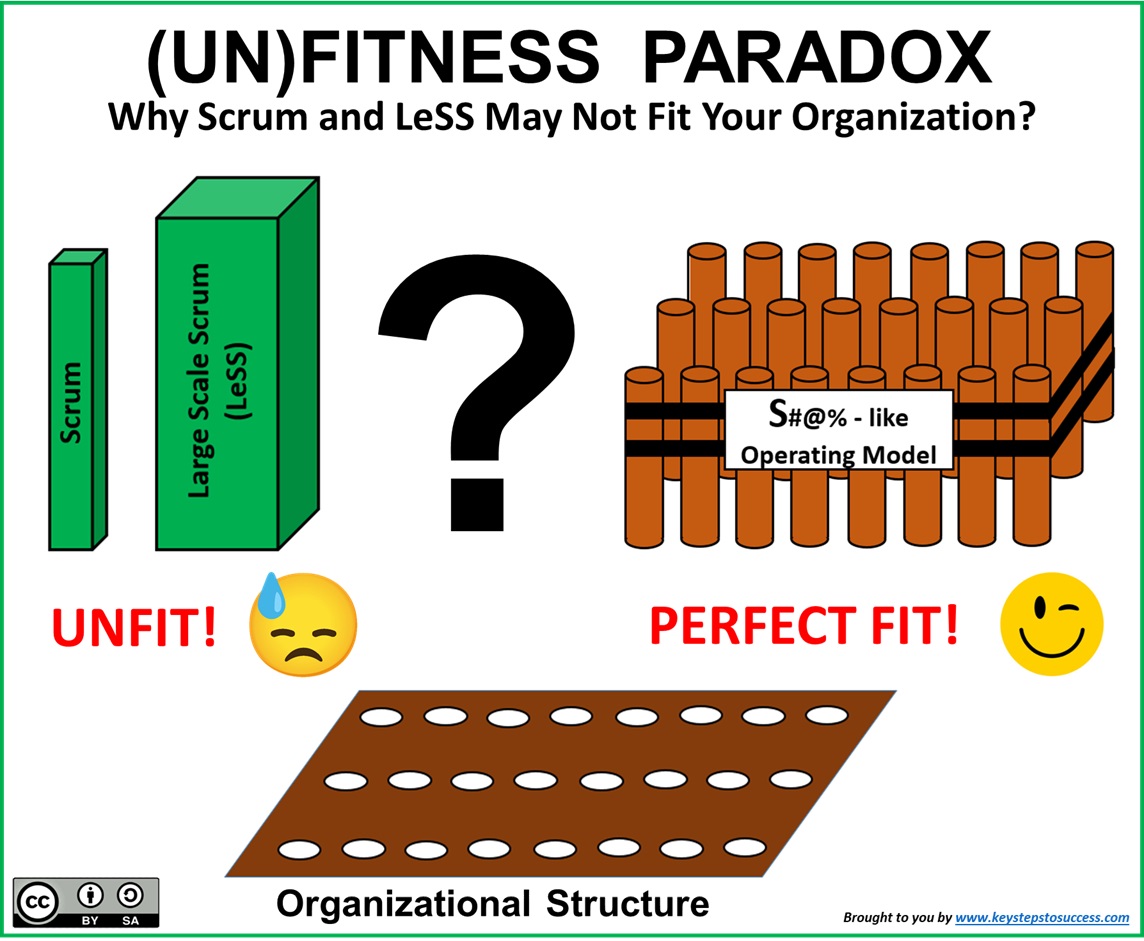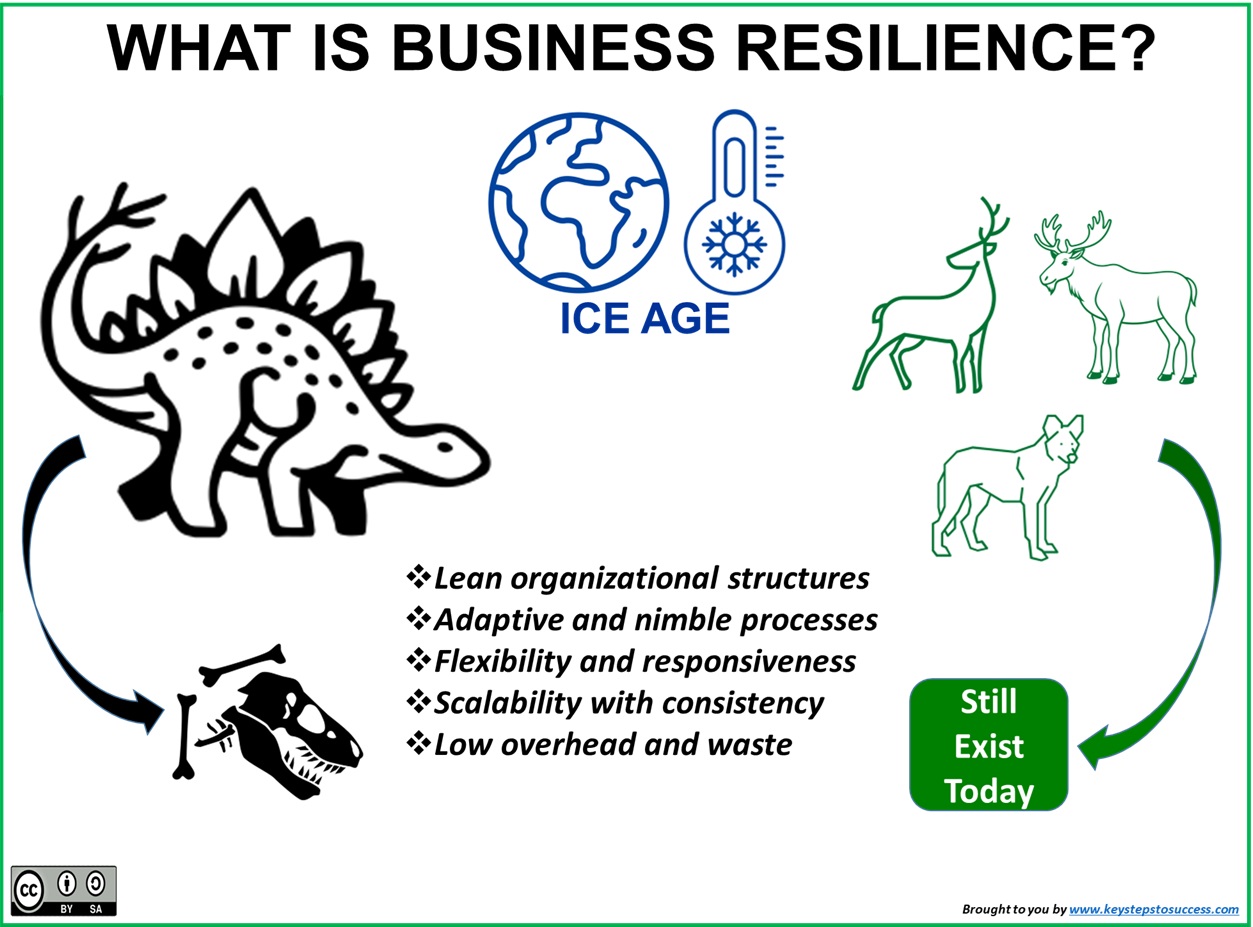My good friend is a physician. Sometimes, he has to deliver unpleasant news to his patients, based on medical findings: hypertension, high cholesterol, high blood sugar or other out-of-range readings, found in blood work. When my friend delivers this information, a patient always has a choice, how to react.
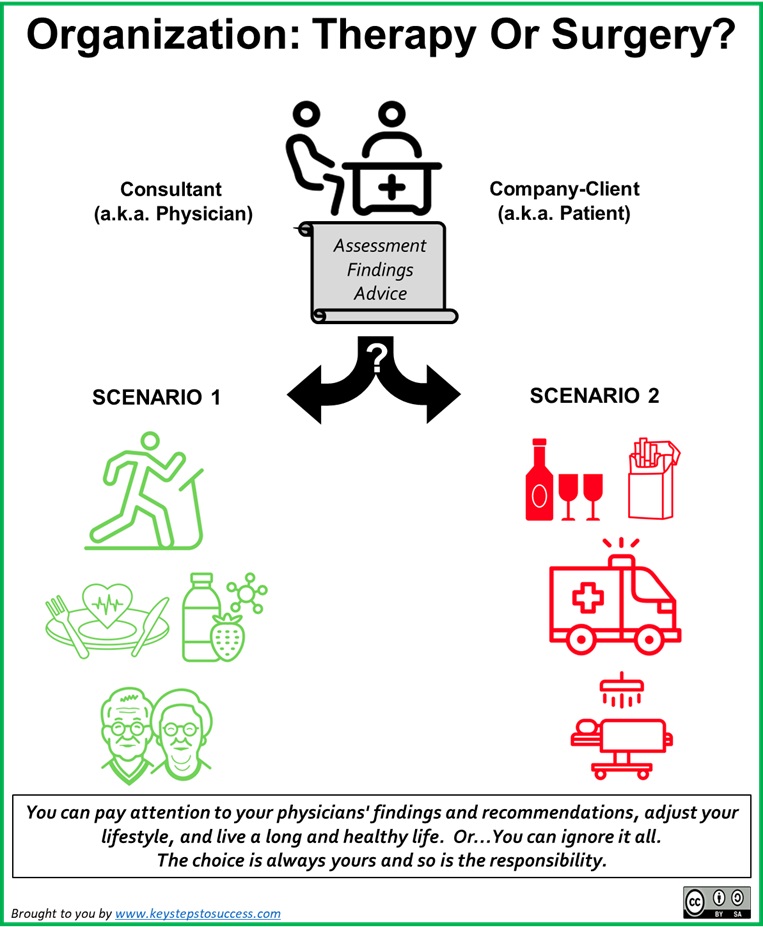
There are patients that tune in right away and play close attention to what my friend-physician has to say. They take his advice very seriously and demonstrate willingness to start making immediate steps towards improving their health condition: changing a life style and daily activities, quitting bad dietary and other habits.
On the other hand, there are always some patients that do not take medical recommendations seriously or think of them as too unreasonable (too “radical”). For some of them, this is a result of simple human ignorance (“this is not a big deal“), while, for others, this is due to being in a mental state, called denial (“there is no way this could happen to me“).
There are also some patients that understand seriousness of findings and really wish they could improve their situation, however, due to a lack of will power… they do not make any significant efforts. They wait, and wait, and wait… until the point, when a gradual therapeutic treatment is no longer effective and more “radical”, invasive procedures (e.g. surgery) are required.
Experienced organizational design consultants service companies in ways that are similar to how physicians serve patients.
For example, a consultant makes an assessment of its company-client, and based on it, makes recommendations. Recommendations may include a wide gamut of improvement steps, such as: changes to organizational and teams structure, updates to HR policies and internal procedures, budgeting mechanisms, communication style and use of tools, etc. Usually, these recommendations are supported by structured training, prolonged coaching and periodic reassessments.
In today’s fast-paced world, with technical modernization and AI gaining more and more market share, it becomes very important for companies to embrace inevitable market trends and make necessary improvements that ensure business resilience, competitiveness, relevance and success.
Similar to the physician-patient analogy, there are companies that pay close attention to a consultants’ recommendations. They are willing to invest in long-term improvement programs, and gradually (“therapeutically”) move to a desirable state.
To the contrary, there are companies that are dismissive of findings and choose not to take any meaningful, proactive steps. At best, they may implement superficial/trivial tweaks (a.k.a. box-checking) that create an illusion real changes.
But there is no free ride and there is a price for everything. Organizations that are ignorant, dismissive and complacent, usually find themselves in a tough situation later on, in the future, as they will have to deal with:
- Long cycle time and feedback loops (big between “concept and cash”)
- Overgrowth, leading to massive RIFs (local optimization for unnecessary roles)
- Inertia, leading to inability to quickly react to market changes (lack of agility)
- Decreased ROI (costs of organizational maintenance/overhead/waste exceeding returns)
- Reduction of market share, customer satisfaction and chances to survive
So, while this is still not to late, please ask this question: How is your organization is preparing for a future?

